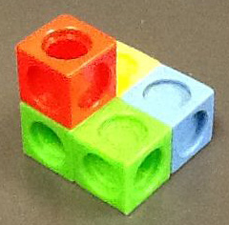Cite used: https://www.hockeystickman.com/blogs/hockey-stick-alerts/40761601-the-truth-about-hockey-stick-flex
One of the most controversial discussions in hockey, when cutting a hockey stick shorter does it really affect the flex? After viewing this site, I have a fuller understanding of this question. For example longer the stick= more leverage, therefore easier to flex. Although smaller the stick harder it is to flex because closer the hands are. This site will be extremely helpful as it demonstrates the physics of weight transfer from body to stick. It also is extremely informative and extremely relatable, definitely recommend to others!


